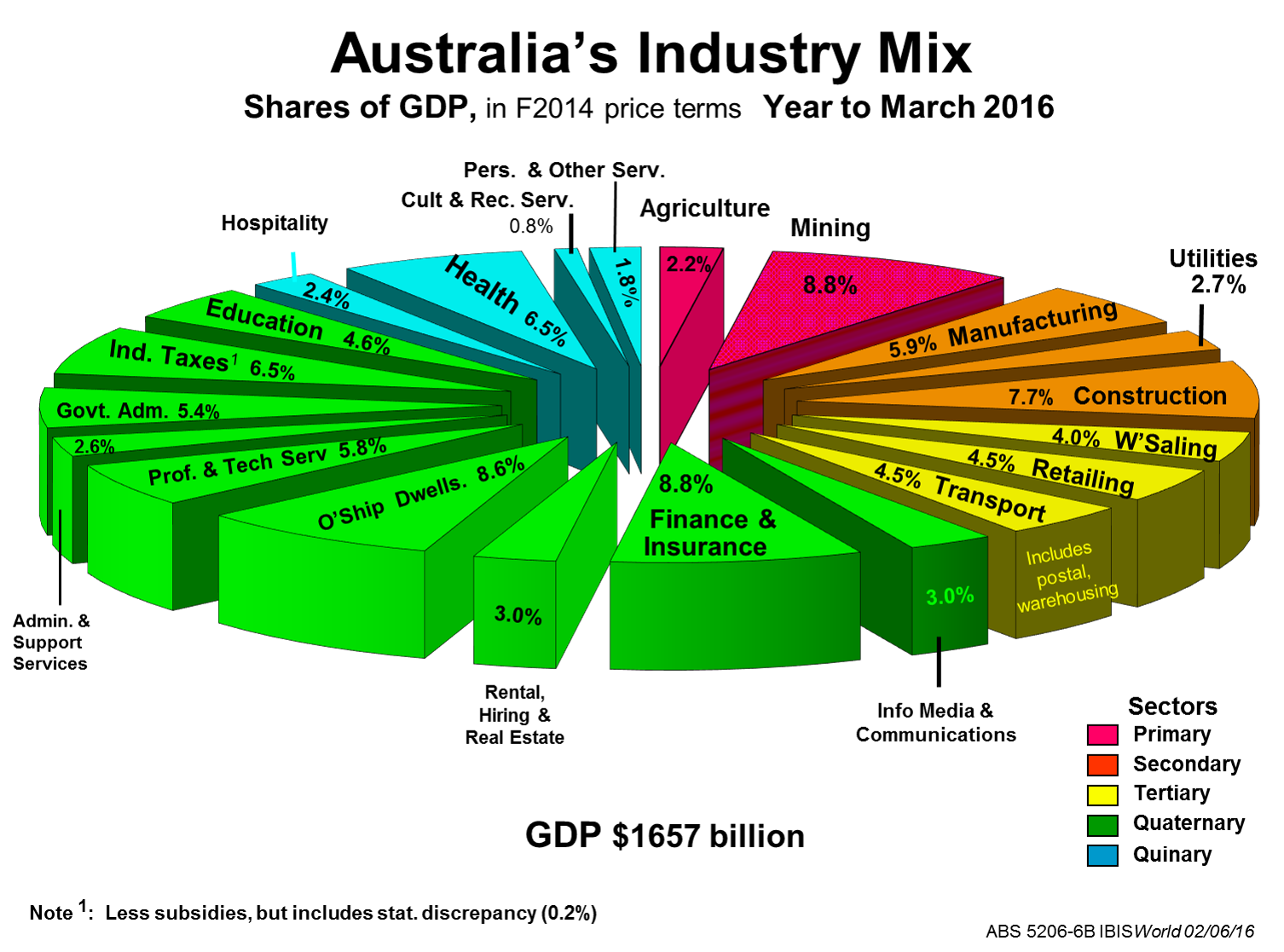Table of Contents
- BI Optimistis Pertumbuhan Ekonomi Indonesia akan Menguat di 2024
- Bisnis Indonesia Awards 2024
- Outlook Perekonomian dan Pasar Keuangan Indonesia Jelang Pemilu 2024 ...
- BPS: Inflasi April 2024 capai 0,25 persen - ANTARA News
- 2024 Western Australia Australian of the Year | I Draw Childhood Cancer
- BI Optimistis Pertumbuhan Ekonomi Indonesia akan Menguat di 2024
- Bank Indonesia Optimistis Ekonomi pada Kuartal II-2024 Tumbuh di Atas 5%
- Bisnis Indonesia Midyear Challenges 2024: Momentum Menganalisis dan ...
- Proyeksi Pertumbuhan Ekonomi Indonesia 2024 | Republika Online
- Australia Gdp Per Capita 2024 Prediction - Nicky Agnesse

As we delve into the second quarter of 2024, the Australian economy is poised at a critical juncture, influenced by a complex interplay of global and domestic factors. According to insights from KPMG, one of the world's leading professional services firms, the economic outlook for Australia in Q2 2024 is marked by both opportunities and challenges. This article will explore the key trends, forecasts, and analysis provided by KPMG, offering a comprehensive overview of what businesses and investors can expect in the coming months.


Global Economic Trends and Their Impact on Australia

The global economy continues to face headwinds, including the ongoing effects of the COVID-19 pandemic, geopolitical tensions, and rising inflation. These factors are likely to have a profound impact on Australia's trade balances, investment flows, and overall economic growth. KPMG's analysis suggests that while the global slowdown may dampen demand for Australian exports, the country's diversified economy and strategic trade agreements are expected to mitigate some of these risks.


Domestic Factors Shaping Australia's Economic Outlook

Domestically, Australia is navigating its own set of challenges, including a tight labor market, rising interest rates, and concerns over housing market stability. The Reserve Bank of Australia's (RBA) monetary policy decisions will be closely watched, as they aim to balance the need to control inflation with the risk of stifling economic growth. KPMG's experts highlight the importance of fiscal policy in supporting the economy, with a focus on targeted investments in infrastructure, education, and innovation to drive long-term prosperity.

/2023/05/19/1489869402p.jpg)
Sectors to Watch in Q2 2024
Certain sectors are anticipated to play a pivotal role in shaping Australia's economic trajectory in Q2 2024. The technology and renewable energy sectors, in particular, are expected to experience significant growth, driven by government initiatives and private sector investment. Additionally, the tourism and hospitality industries are forecast to rebound strongly as international travel restrictions ease and consumer confidence returns. KPMG's report underscores the need for businesses in these sectors to be adaptable and resilient, leveraging opportunities while managing risks associated with global uncertainty.

Conclusion and Recommendations
In conclusion, Australia's economic outlook for Q2 2024 is characterized by a mix of challenges and opportunities. As KPMG's analysis reveals, the path forward will require careful navigation of global trends, domestic policy decisions, and sector-specific dynamics. For businesses, investors, and policymakers, it is crucial to stay informed and agile, capitalizing on emerging trends while mitigating potential risks. By doing so, Australia can continue to build a strong, diversified, and resilient economy, poised for growth and success in the years to come.
For more detailed insights and forecasts, readers are encouraged to consult KPMG's comprehensive report on Australia's economic outlook for Q2 2024. By staying ahead of the curve and leveraging expert analysis, stakeholders can make informed decisions, driving prosperity and growth in the Australian economy.
Keywords: Australia Economic Outlook, Q2 2024, KPMG, Global Economic Trends, Domestic Factors, Sectors to Watch, Economic Growth, Business Insights, Investment Opportunities.